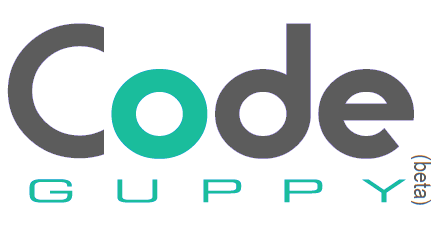Top 10 javascript coding questions you were afraid to ask
As a beginner in the world of javascript, it is only natural to have a few questions that you may be hesitant to ask. Whether it is fear of sounding silly or simply not knowing who to turn to, these questions can sometimes go unanswered.
Here are the top 10 javascript coding questions that you may have been afraid to ask:
1. What is the difference between var, let, and const?
Var, let, and const are all ways to declare a variable in javascript. The main difference between the three is the scope in which they can be accessed. Var variables can be accessed throughout the entire program, while let variables can only be accessed within the block they were declared in. Const variables are similar to let, but they cannot be reassigned a new value once declared.
2. What is the difference between == and ===?
The difference between == and === is in the way they compare values. The double equals (==) operator only checks for equality in value, while the triple equals (===) operator also checks for equality in type. For example, 1 == "1" would return true, while 1 === "1" would return false.
3. What is the difference between null and undefined?
Null and undefined are both values that indicate the absence of a value. However, they have different meanings. Null indicates that a value has been explicitly set to be empty, while undefined indicates that a value has not been assigned or has been declared but not initialized.
4. What is a callback function?
A callback function is a function that is passed as an argument to another function and is executed after the first function has completed its execution. This allows for asynchronous operations and helps to prevent blocking of the main program.
5. What is hoisting in javascript?
Hoisting is the behavior in javascript where variable and function declarations are automatically moved to the top of their scope. This means that a variable or function can be used before it is declared in the code. However, it is recommended to always declare variables and functions at the top of their scope for readability and avoid potential errors.
6. What is the difference between undefined and not defined in javascript?
Undefined and not defined are often confused, but they have different meanings in javascript. Undefined indicates that a variable has been declared but not assigned a value, while not defined indicates that a variable has not been declared at all.
7. What is a closure in javascript?
A closure is a function that has access to the variables and functions of its parent scope, even after the parent function has returned. This allows for the creation of private variables and functions that cannot be accessed from the outside.
8. What is the purpose of the "this" keyword in javascript?
The "this" keyword in javascript refers to the object that is currently executing the code. It is commonly used within object-oriented programming to refer to the current object and its properties and methods.
9. What is the difference between synchronous and asynchronous code in javascript?
Synchronous code is executed in a linear fashion, with each line of code being executed one after the other. Asynchronous code, on the other hand, allows for multiple operations to be executed concurrently, without blocking the main program. This allows for more efficient and non-blocking operations.
Asynchronous programming is an advanced concept and is not yet supported by codeguppy.com
10. What is a promise in javascript?
A promise in javascript is an object that represents the eventual completion or failure of an asynchronous operation. It allows for better handling of asynchronous operations and enables the use of functions such as "then" and "catch" to handle the outcome of the operation.
Asking questions is an important
Read more blog articles Browse JavaScript projectsAbout codeguppy
CodeGuppy is a FREE coding platform for schools and independent learners. If you don't have yet an account with codeguppy.com, you can start by visiting the registration page and sign-up for a free account. Registered users can access tons of fun projects!

Follow @codeguppy on Twitter for coding tips and news about codeguppy platform. For more information, please feel free to contact us.
